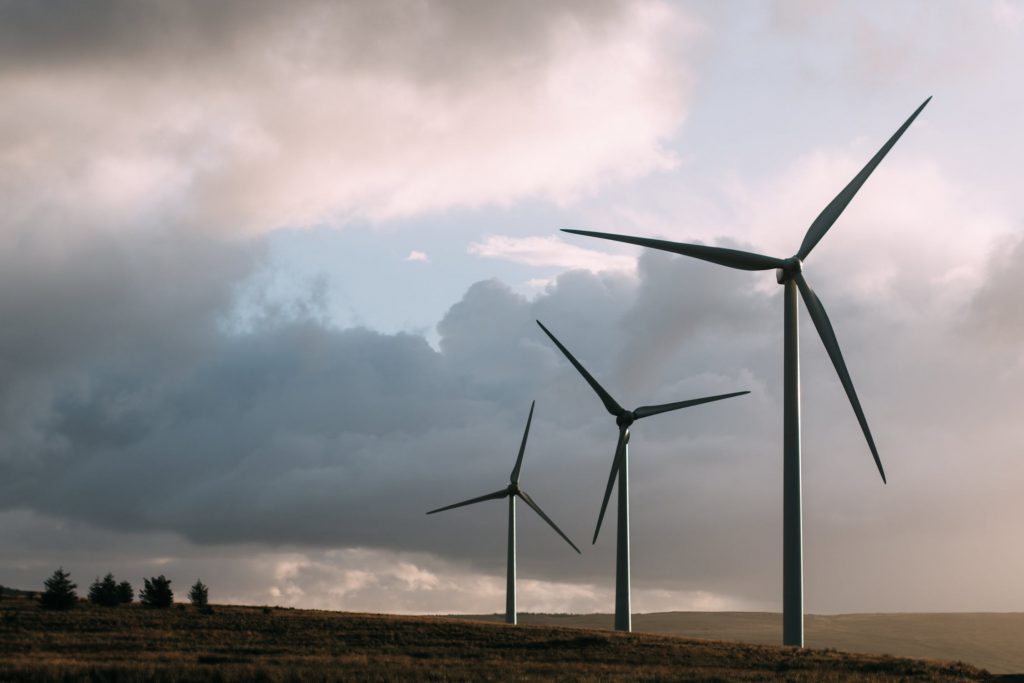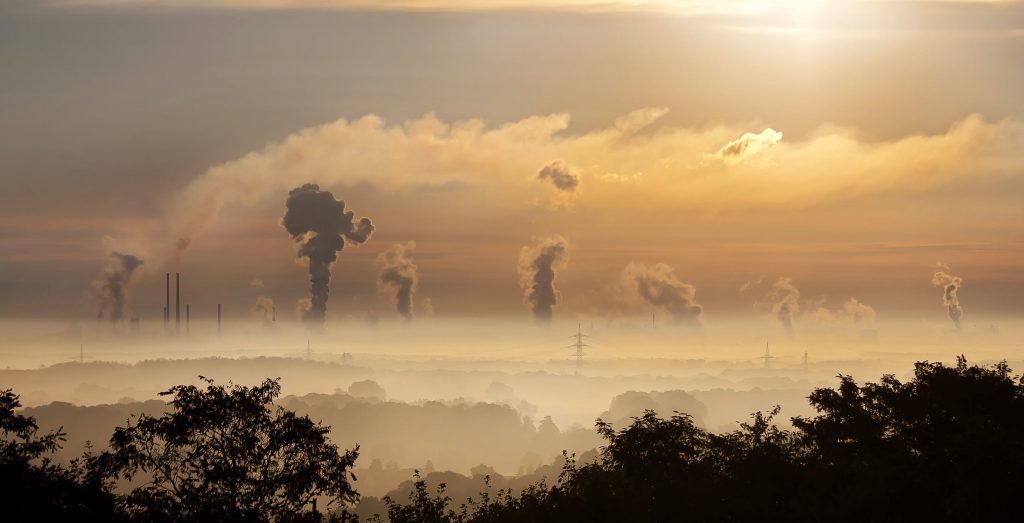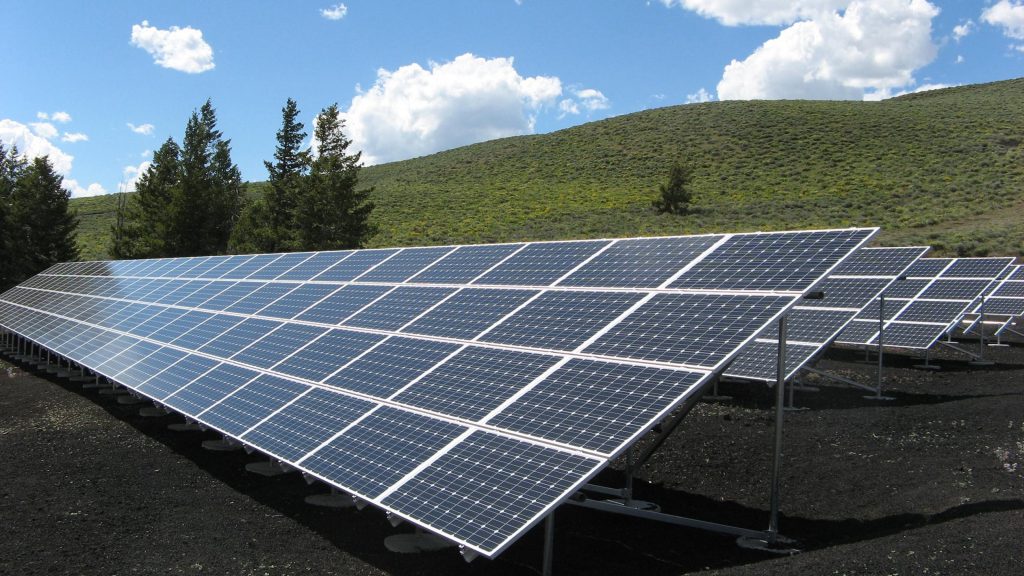6 Renewable energy trends for 2018
A fifth of the world’s energy needs are being met by renewable energy, making it not just the technology of the future but the technology of today. We’ve collected some of the big ideas in renewable energy to watch in 2018.
By Elizabeth Thomsen
A fifth of the world’s energy needs are being met by renewable energy, making it not just the technology of the future but the technology of today. We’ve collected some of the big ideas in renewable energy to watch in 2018.
1. Solar and Wind go BIG
Global investment in solar is going up by 18% year on year, and there is no sign of a slow down. According to Bloomberg New Energy Finance, solar is predicted to reach at least 107 gigawatts (GW) in new installations in 2018, more than the total electricity generating capacity of the UK. Wind is also set to hit nearly 60 GW in new global installations in 2018.
Global electricity costs for onshore wind and utility-scale solar have dropped by 18% and 73% respectively since 2010, and are set to continue to fall. Some of the more efficient wind and solar projects are predicted to achieve a levelized cost of electricity of three U.S. cents per kilowatt hour, compared to a fossil fuels cost of between five and seventeen U.S. cents per kilowatt hour.

2. Organisations make bold commitments
With the dropping costs for solar and wind, renewable energy becomes not just a sensible environmental decision, but also a compelling investment. Given this, it’s hardly surprising that corporations are making bold commitments towards going fossil free. And it’s not just the big players like Ikea, Google, and Apple that are moving – small businesses (such as Hamerton Zoo Park, RSPB, and Key2 Futures) are increasingly opting for renewable energy. Pressure is increasing on small businesses to change due to consumer demand, and large companies expecting their supply chain to adhere to their green credentials. But with renewable energy ‘on tap’ it is increasingly easy and cost effective for small businesses to make the jump from brown energy to green energy. Many businesses are also choosing to install solar on their roofs. Solar is a great match for the energy demand of a 9-5 workday.
3. A step-up for storage
One of the big issues for renewables has always been storage. But this is changing with battery prices falling. Lithium-ion battery prices are predicted to drop by 10-15% in 2018, largely due to economies of scale. And this fall in battery price will contribute to a fall in the price of electric vehicles, sales of which are set to hit 1.5 million in 2018, a massive 40% increase in sales from 2017.
Storage isn’t just about batteries though. The largest capacity form of grid storage is pumped-storage hydroelectricity (PSH). Pumped-storage hydroelectricity operates by pumping water uphill when demand is low (and electricity is cheap), and releasing it to drive turbines when demand is high (and electricity is expensive). PSH accounts for 96% of worldwide active tracked storage installations.
Most existing PSH systems use dams in river valleys. However, off-river PHS offers a massive source of sites, with nearly 22 000 sites in Australia alone. Only the top 0.1% of these sites will be needed to support a 100% renewable electricity system in Australia, so developers can pick and choose the best sites. A team at the Australian National Universityis planning to assess sites for PHS worldwide by the end of 2018.

4. The grid (and its consumers) get smart
To achieve a reliable renewable electricity grid we need more than just storage, we need demand management and a strong interconnection of the electricity grid. Demand management uses financial incentives to encourage consumers to use less energy during peak times. In 2018 we’re set to see more use of digital technologies such as intelligent energy controls and smart inverters helping to make our grids truly smart, and up to delivering our clean energy.
6. Developing countries see energy revolution
Throughout the developing world a paradigm shift is being seen in energy. Pay-as-you-go (PAYG) business models are being adopted extensively, with investments in solar PAYG companies rising from US$3 million in 2012 to US$223 million in 2016. This model has rapidly spread through East and then West Africa, and now into South Asia, and it looks set to continue to change the energy market.
The notion that renewables are only affordable by rich countries is long gone. China has been the biggest renewable supplier for the last nine years. Forty-eight developing countries have pledged to reach 100% renewable energy targets. Bangladesh now has the largest home solar system market, with over four million units installed.

Global Picture
Now that costs of renewable technologies, particularly solar and onshore wind, are very competitive, markets and citizens will increasingly drive energy change. But governments still have a huge role to play, particularly in the fields of policy, large scale systems such as grids, and in setting targets.
